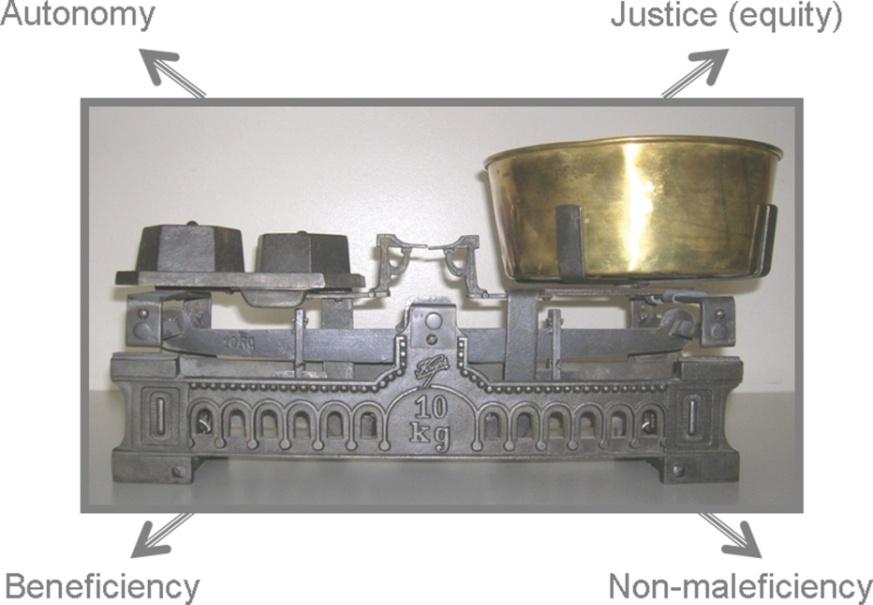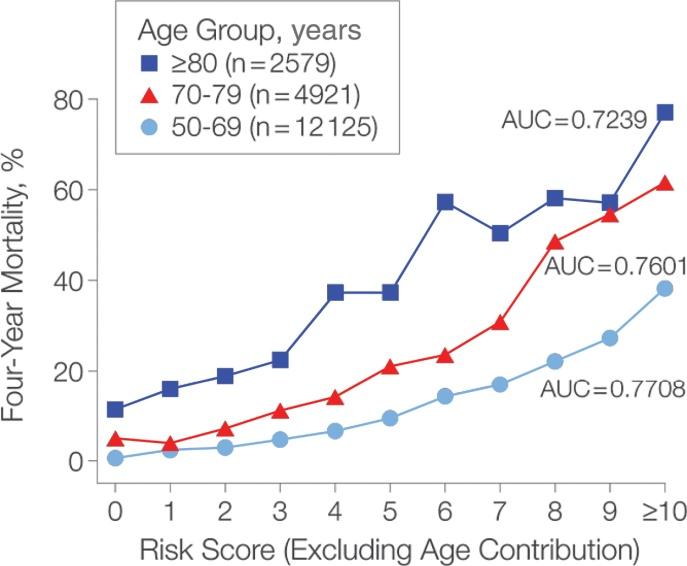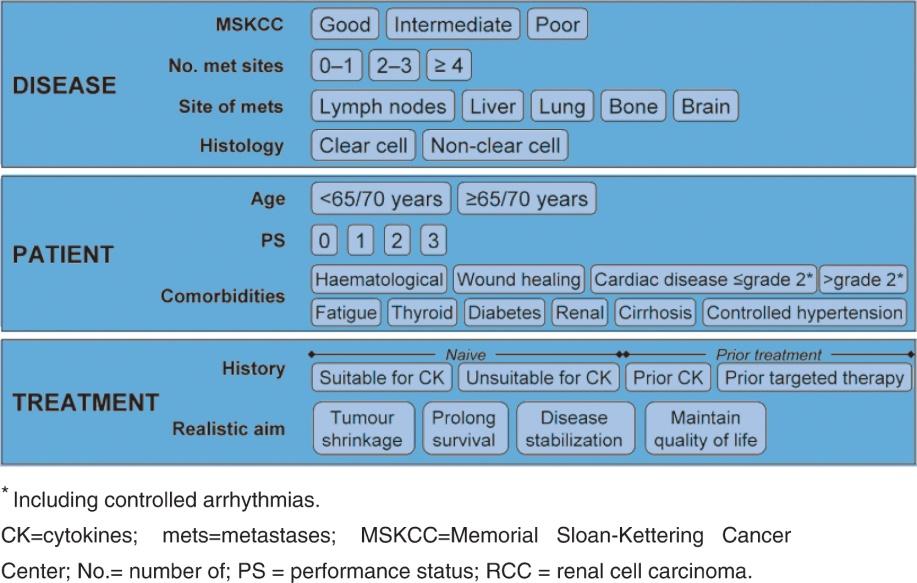
1 minute read
Special Types of Endometrial Malignancy
Treatment is similar to stage IV disease.
Stage IV
Advertisement
In stage IV the tumour invades bladder and/or bowel mucosa, and/or distant metastases are present. The five-year survival is about 10%.
Stage IV can be divided into the following:
• IVA: tumour invasion of bladder and/or bowel mucosa • IVB: distant metastases, including intra-abdominal metastases and/or inguinal lymph nodes
Stages III and IV are best treated by optimal cytoreductive surgery followed by systemic chemotherapy and/or radiotherapy. Chemotherapy regimens should preferably include doxorubicin and cisplatin or carbo platin and paclitaxel. When there is widespread metastatic disease and the tumour is oestrogen receptor and/or progesterone receptor positive, hormonal therapy (progestins, tamoxifen, or aromatase inhibitors) should be considered. This can be alone or following chemotherapy.
Pelvic exenteration should be considered when the tumour is limited to the bladder or rectum.
About 3% of endometrial malignancies are sarcomas. Uterine sarcomas can be classified as leiomyosarcoma, endometrial stromal sarcoma, high-grade undifferentiated sarcoma (HGUD), or pure heterologous sarcoma. The 2008 FIGO staging system is used. The treatment of leiomyosarcomas, endometrial stromal sarcomas, and adenosarcomas consists of a hysterectomy without lymph node dissection (see details below). A bilateral salpingo-oophorectomy is recommended for postmenopausal women or those with stromal sarcomas. The clinical course of uterine sarcomas is difficult to predict and the staging systems are likely not adequate to predict outcomes. Until today there are no proven adjuvant strategies to improve survival in patients diagnosed with early stage uterine sarcomas. Therefore, generally no adjuvant treatment is recommended.
Leiomyosarcomas and Endometrial Stromal Sarcomasa Stage I: Tumour limited to uterus
• IA ≤5.0 cm • IB >5.0 cm
Stage II: Tumour extends beyond the uterus, within the pelvis • IIA Adnexal involvement • IIB Involvement of other pelvic tissues





